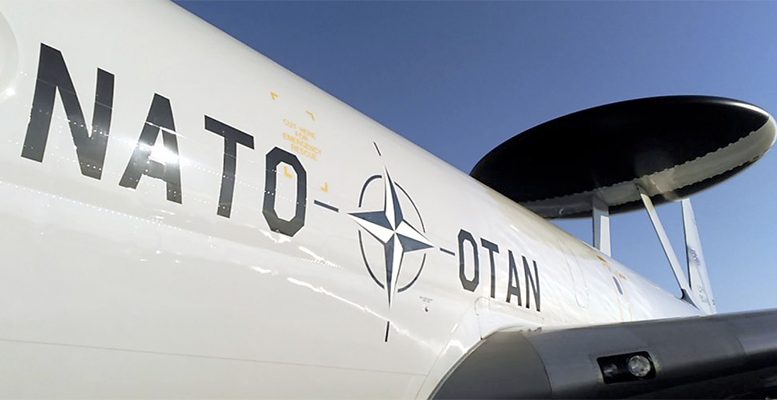NATO does not believe Spain can fulfill its military capabilities by investing only 2.1% of its GDP in Defense. Secretary General Mark Rutte made this clear yesterday, stating that the country will have to spend 3.5%. The Alliance is “absolutely convinced” of this, he specifically pointed out, thus contradicting what Prime Minister Pedro Sánchez had claimed just hours earlier. To ensure that the Executive fulfills its responsibilities as a member of the North Atlantic Treaty Organization, it will have to present, like the rest of the allies, an “annual report” on its investments and obligations met.
“Each country will periodically report on what it is doing in terms of spending and meeting targets,” Rutte continued at the press conference prior to the summit beginning today in The Hague. In this way, he aims to prevent situations similar to those left by the 2014 Wales meeting, when allies agreed to reach 2% military investment. However, many countries, including Spain, did not take this investment increase seriously and kept postponing it.
The disagreement between the Spanish Government and NATO is not about capabilities. Both agree that the Spanish Executive is fully committed to fulfilling them. But Moncloa (the Spanish Prime Minister’s office) claims it can do so by spending 2.1%, while the Alliance assures that this is not the case at all and that it will have to spend at least 3.5%.
“There are no exclusion clauses in NATO, and it does not recognize parallel pacts or agreements,” Rutte summarized to reject, once again, that 2.1% will be sufficient for Spain and, also, that the “pact” announced by Sánchez on Sunday exists.
Rutte also stressed that the investment target remains 5% for all Alliance members, and that it will be achieved under the 3.5%+1.5% formula. The first part represents classic military spending, which could be described as hard spending, and to which Rutte alluded when asked about Spain. The second includes elements related to security, such as basic infrastructure or cyberattacks.





